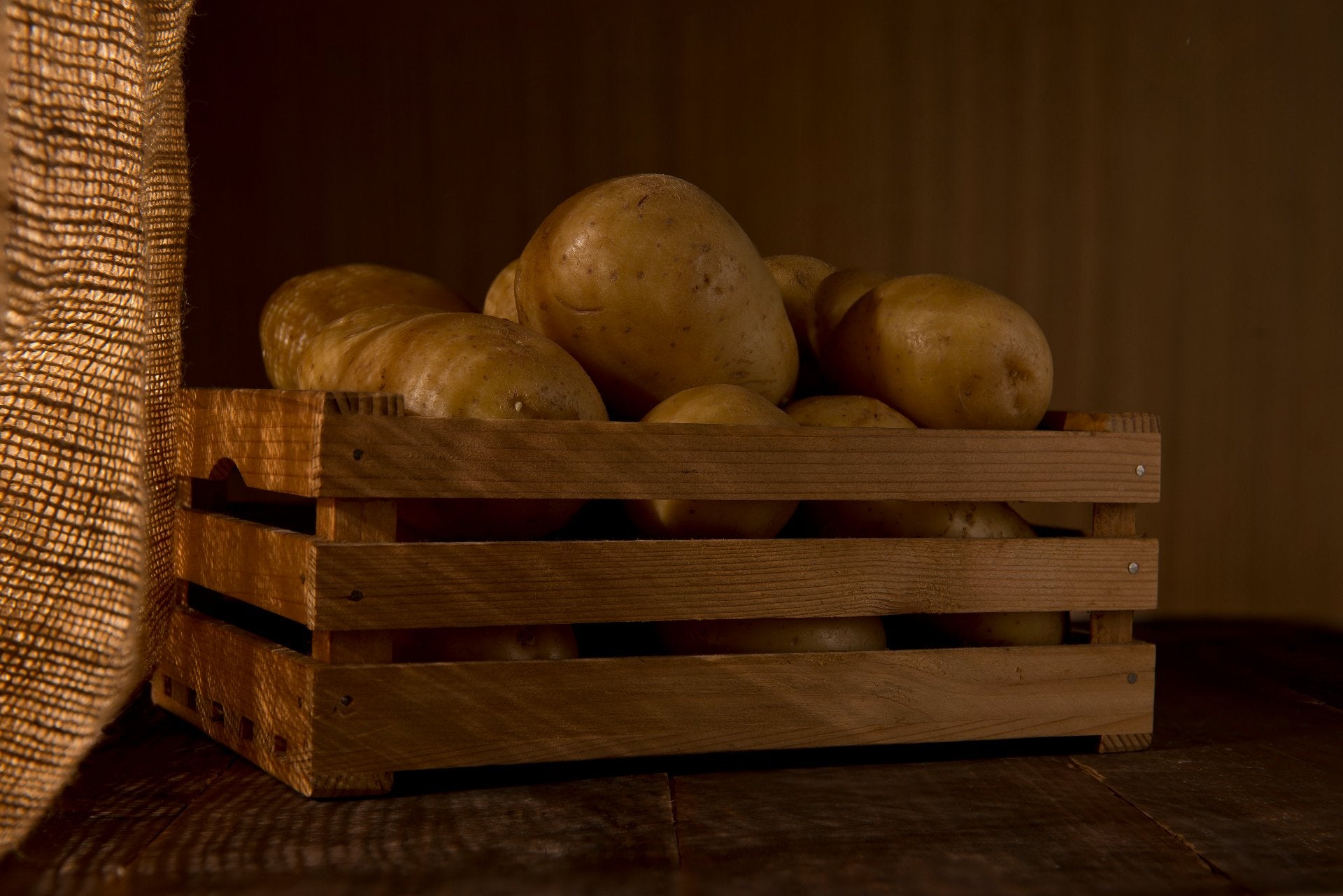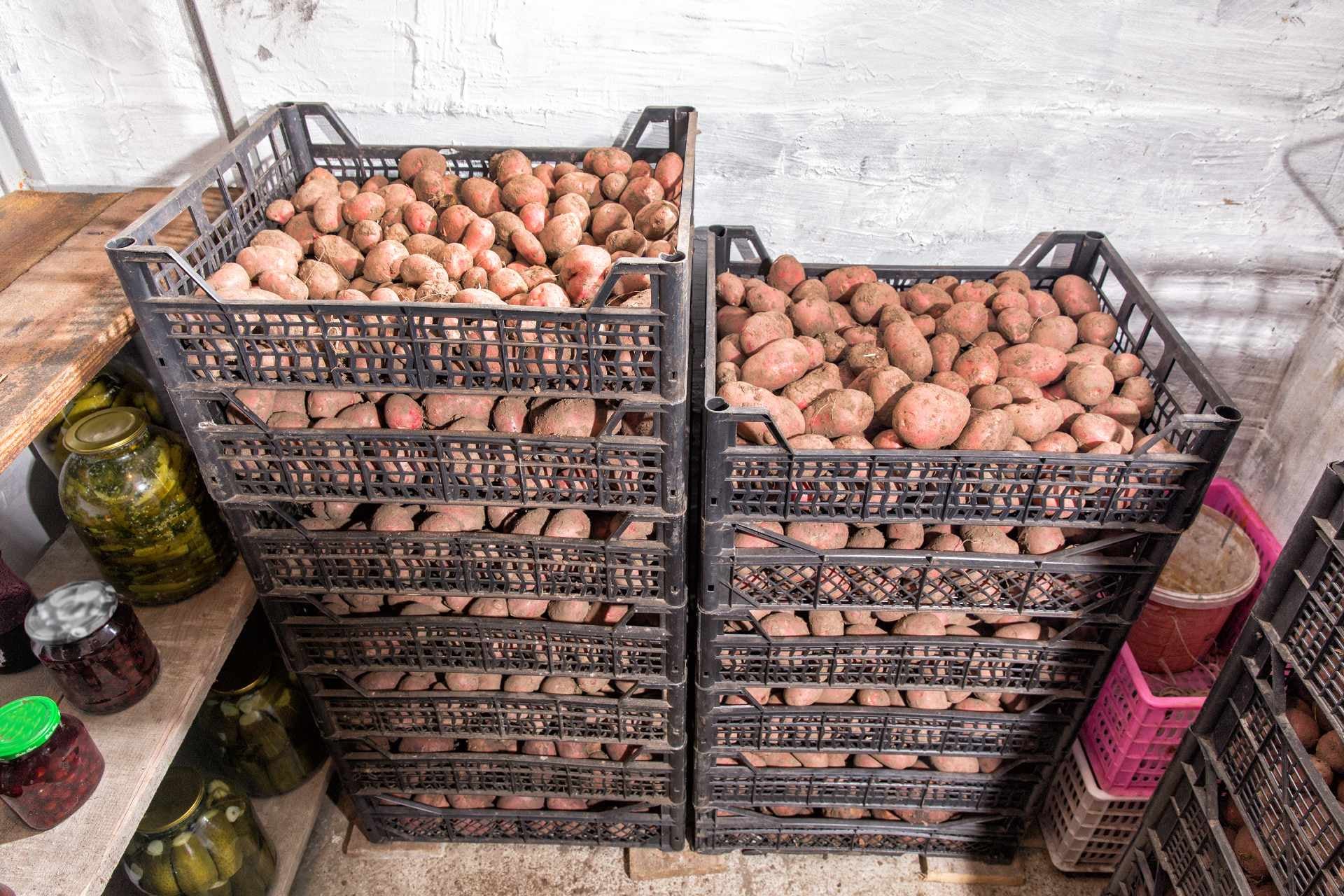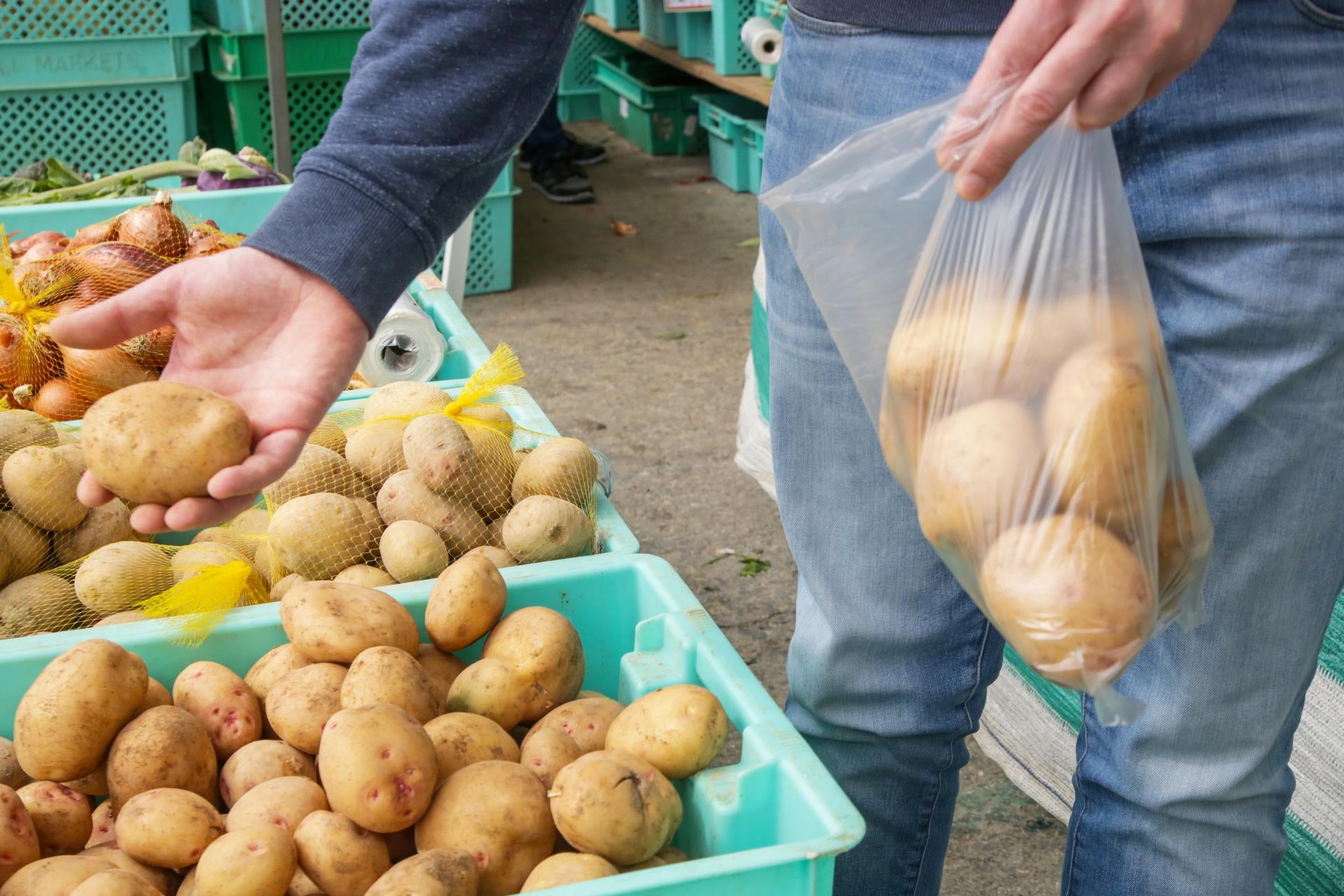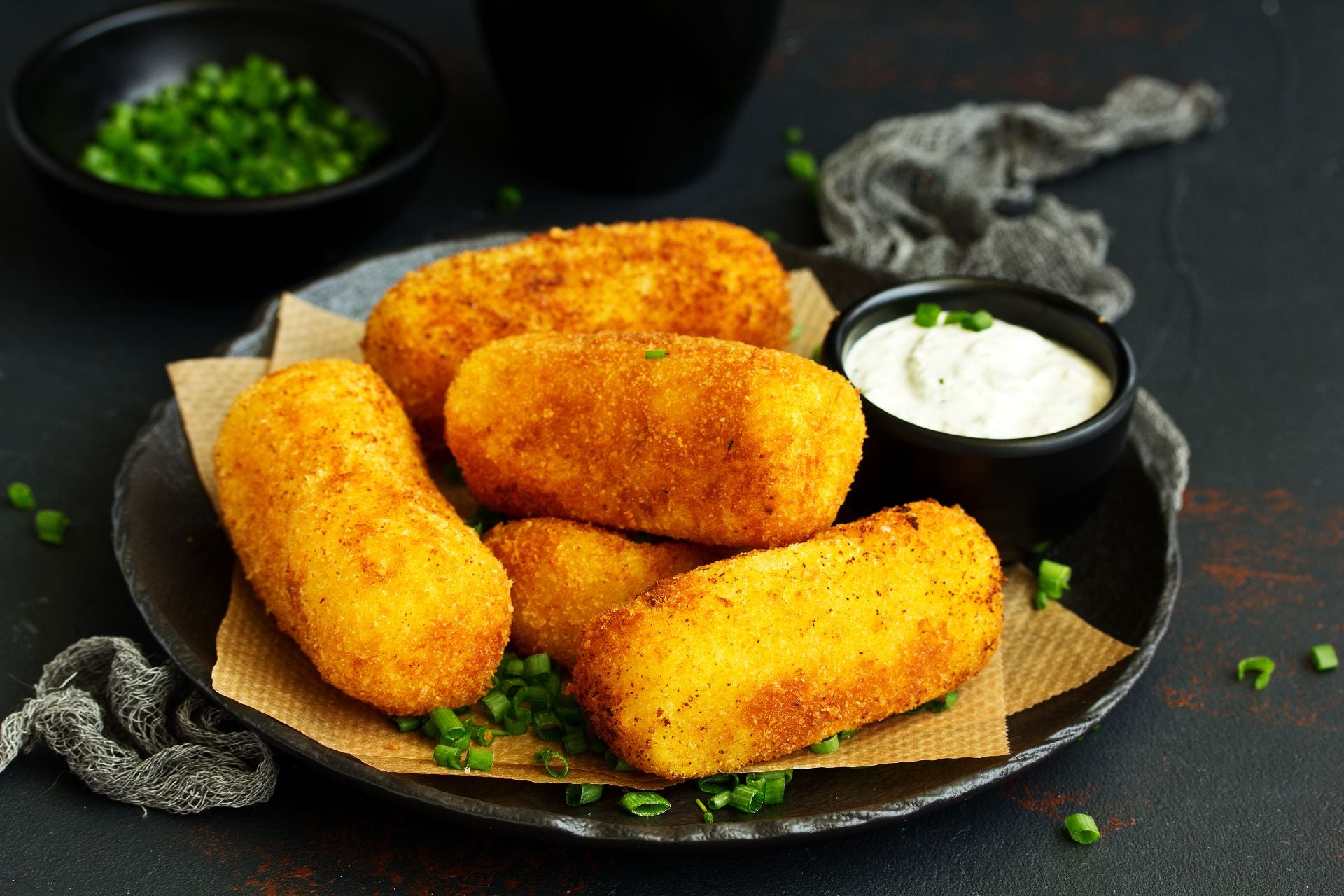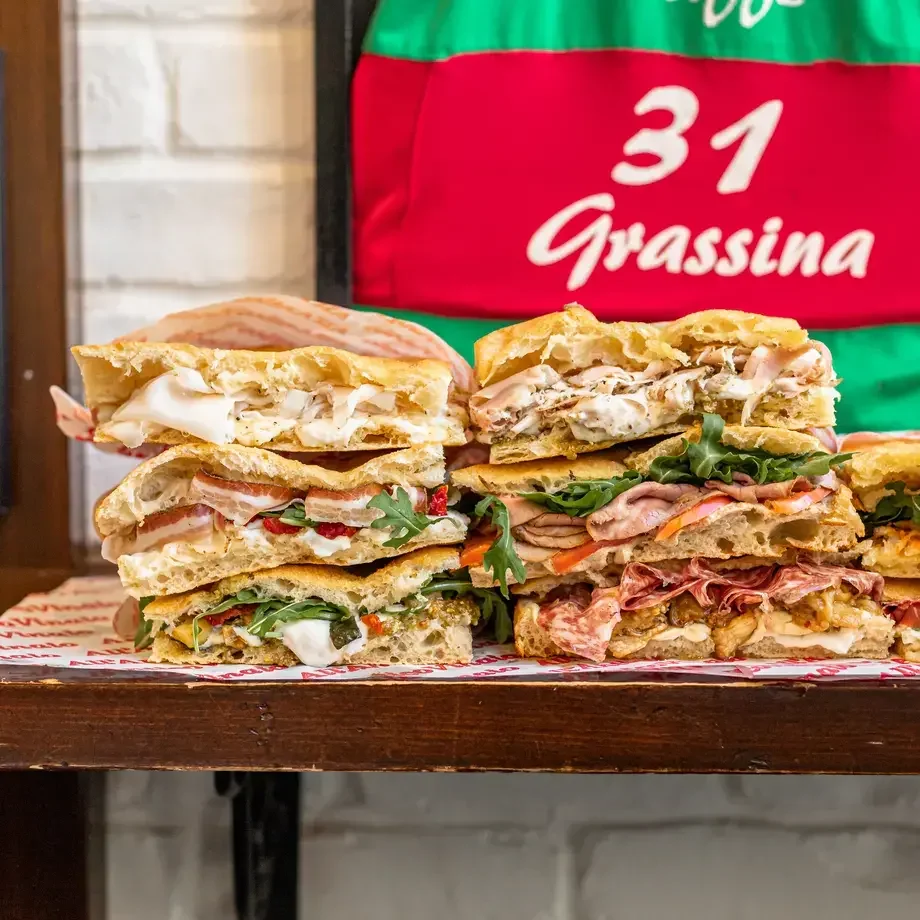Potatoes are surely one of the most versatile ingredients on the planet. They can be boiled or fried, sautéed or mashed, roasted or baked, made into chips, fries or hash browns, a fluffy topping for a cottage pie, or a creamy potato salad, to name but a few of their many uses. There are thousands of different varieties of potato, from small, waxy salad potatoes, to big floury ones that are perfect for baking.
It’s difficult to imagine life without the humble spud, and most people reading this article will have a bag or two in their cupboard or pantry right now. Unlike many other vegetables, they keep fairly well, and there is rarely a rush to eat your potatoes before they spoil. This can mean that we take potatoes for granted, however, and most of us have, at some point or other, forgotten we had them, only to return a week or so later to find them shrivelled and sprouting, or worse still, rotten and slimy.
If this happens to you regularly, it may not be your memory that’s at fault. In fact, you should be able to forget about potatoes for a week or so and come back to them later, but because of the way they’re usually stored, they often don’t keep for as long as they could. Most people are happy if their potatoes last for a few weeks, but stored properly, they can keep for several months. Sounds too good to be true? Follow our simple list of dos and don’ts, and you too can have tasty, sprout-free potatoes that last for months.


